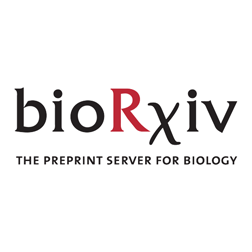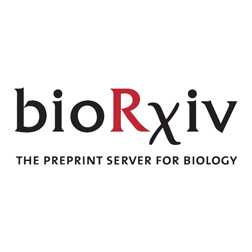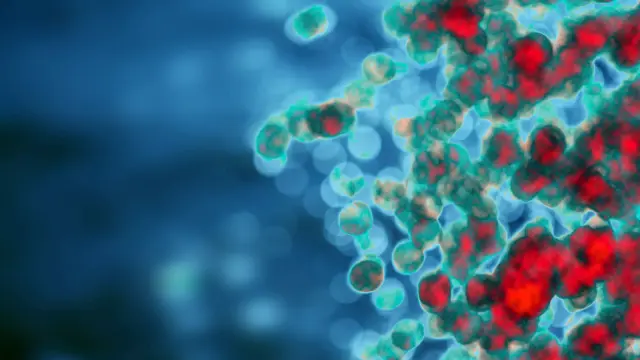https://www.biorxiv.org/content/10.1101/2025.10.24.684309v1?rss=1
#DrosophilaMelanogaster
#Drosophila #Larva

Ion transport peptide regulates body water balance via a receptor guanylyl cyclase in the Drosophila hindgut
Maintaining internal water balance, including ionic and osmotic balance, is critical for animal development and survival. In insects, internal water balance is regulated through the Malpighian tubules and the hindgut, which transport water and ions across their epithelia under the regulation of multiple peptide hormones. One of these, ion transport peptide (ITP), a member of the highly conserved crustacean hyperglycemic hormone superfamily among ecdysozoans, is an anti-diuretic hormone in insects, but its mechanism of action remains largely unclear. Here, we show that the short amidated isoform of ITP (saITP), secreted from brain neurosecretory cells, regulates water absorption via the receptor guanylyl cyclase (rGC) Gyc76C in the hindgut of the fruit fly Drosophila melanogaster . Both ITP and Gyc76C are evolutionarily conserved and are essential for larval survival in D. melanogaster , as mutation or knockdown of either gene results in early larval lethality. In Drosophila S2 cells, synthetic saITP increases intracellular cyclic GMP (cGMP) in a Gyc76C-dependent manner, an effect abolished by deletion of its putative ligand-binding domain. Using the fluorescent cGMP biosensor RedcGull in ex vivo-cultured hindguts, we found that saITP increases epithelial cGMP levels, and this response requires Gyc76C. Consistently, saITP promotes hindgut water reabsorption via Gyc76C. Thus, saITP acts via Gyc76C in a brain-hindgut neuroendocrine axis that regulates internal water balance during development. Our study provides new insight into the neuroendocrine control of osmoregulation in ecdysozoans and supports a broader role for rGCs in peptide-hormone signaling. ### Competing Interest Statement The authors have declared no competing interest. Japan Science and Technology Agency, JPMJFR224M, JPMJSP2124 Japan Society for the Promotion of Science, 25K02307, 24KJ0466 Independent Research Fund Denmark, 4283-00022B


